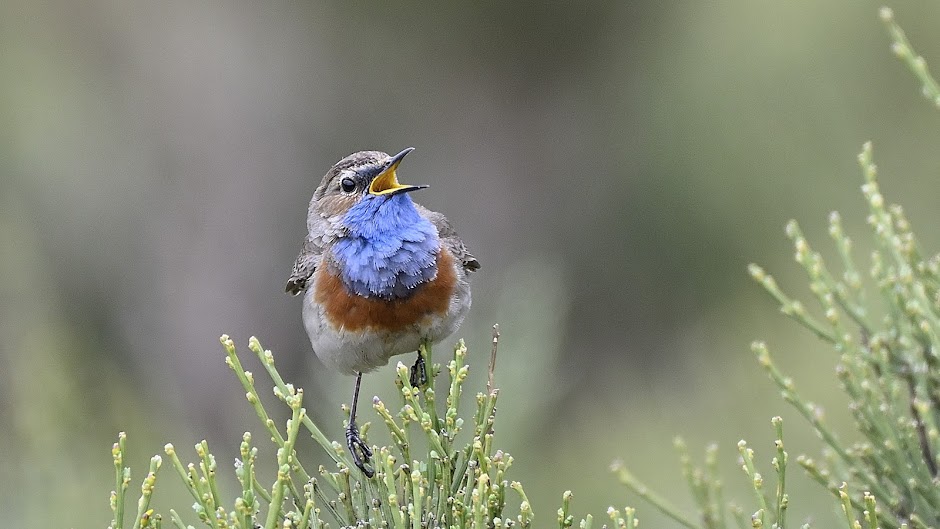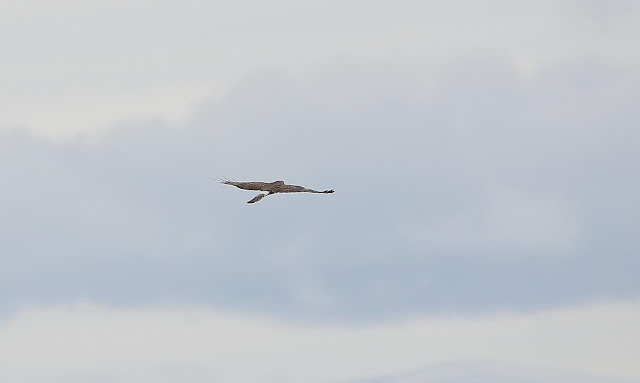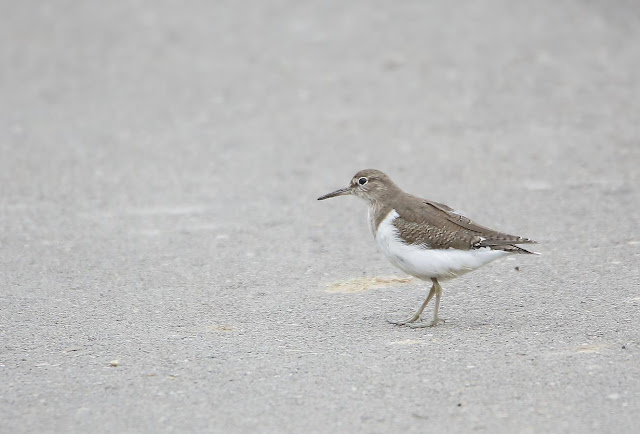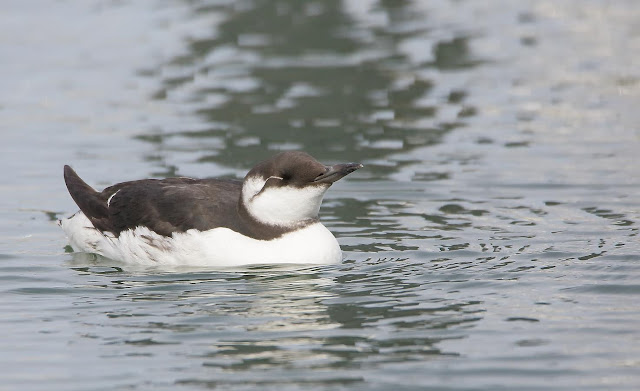En el siguiente enlace podéis ver nuestros viajes nacionales y extranjeros previstos para este año.
In the following link you can see our national and foreign trips planned for this year.
Hola de nuevo.
Hello again.
Esta semana os muestro algunas de las aves que pudimos ver una de nuestras salidas a ver aves esteparias por la provincia de Toledo.
This week I show you some of the Birds that we could see in one of our trip to see Steppe Birds in the province of Toledo.
El tiempo fue especialmente malo pues diluvió durante casi toda la jornada aunque a pesar de ello pudimos ver muchas aves esteparias. Fue una pena que el tiempo no estuviese mejor pues en algunas de las zonas que conozco y que son muy buenas no pudimos entrar pues estaban anegadas.
The weather was especially bad because it hevelly rained almost all day although we could see many steppe birds. It was a pity that the weather was not better because in some of the areas that I know that are very good we could not enter because they were waterlogged.
Un macho de ganga ibérica (Pterocles
alchata).
A male of Pin-tailed
Sandgrouse.
Un grupo de Sisones comunes (Tetrax
tetrax).
A flock of Little
Bustards.
Ya habían llegado los cernícalos primillas (Falco
naumanni). En la foto un macho.
Lesser Kestrel (Falco naumanni) had already arrived. In the photo a male.
Hembra.
Female.
En este grupo se pueden ver 14 gangas ibéricas (Pterocles alchata) y 74 sisones comunes (Tetrax tetrax). Ya ha comenzado la dispersión de éstos últimos pues la última vez que visité este lugar había más de 400 juntos.
In this group you can see 14 Pin-tailed Sandgrouses and 74 Little Bustards. The dispersion of the latter has already begun since the last time I visited this place there were more than 400 together.
Vimos varios grupos de avutardas comunes (Otis
tarda). En este había 75 ejemplares aunque estaban en una zona con pendientes y no me extrañaría que hubiese más ejemplares que no podíamos ver desde donde nos hallábamos.
We saw several groups of Great Bustards. In this there were 75 specimens although they were in an area with slopes and it would not be surprised if there were more specimens and that we could not see from where we were.
Algunas en vuelo. De todos los que vimos el que mas nos satisfizo fue uno compuesto por ocho machos adultos haciendo la rueda. Una pena que no estuviesen al alcance de mi maquina de fotos o eso pensé yo pues no tome ninguna foto.
Some in flight. Of all those who we saw the one that satisfied us the most was one made up of eight adult males displaying. A pity that they were not within the reach of my photo camera or that I thought because I did not take any picture.
Vimos varios aguiluchos pálidos, un macho y varias hembras/jóvenes como el de la foto.
We saw several Hen Harriers, a male and several females / juveniles as the one in the photo.
Este fue el grupo de sisones comunes (Tetrax
tetrax) que más cerca tuvimos.
This was the closest flock of Little Bustards we had.
Los macho ya lucían su plumaje nupcial. Tardan tres años en alcanzarlo.
The males already had their breeding plumage. It takes three years to reach it.
Preciosas aves.
Beautiful Birds.
Esta era su manera de aguantar cuando la lluvia arreciaba.
This was his way of staying while heavy rain.
Alcaudón real meridional (Lanius
meridionalis).
Southern
Grey Shrike.
Y con esta garza real (Ardea
cinerea) me despido de todos vosotros. Hasta pronto.
And with thisGrey
Heron I say goodbye to all of you. Bye-bye.





























































































































